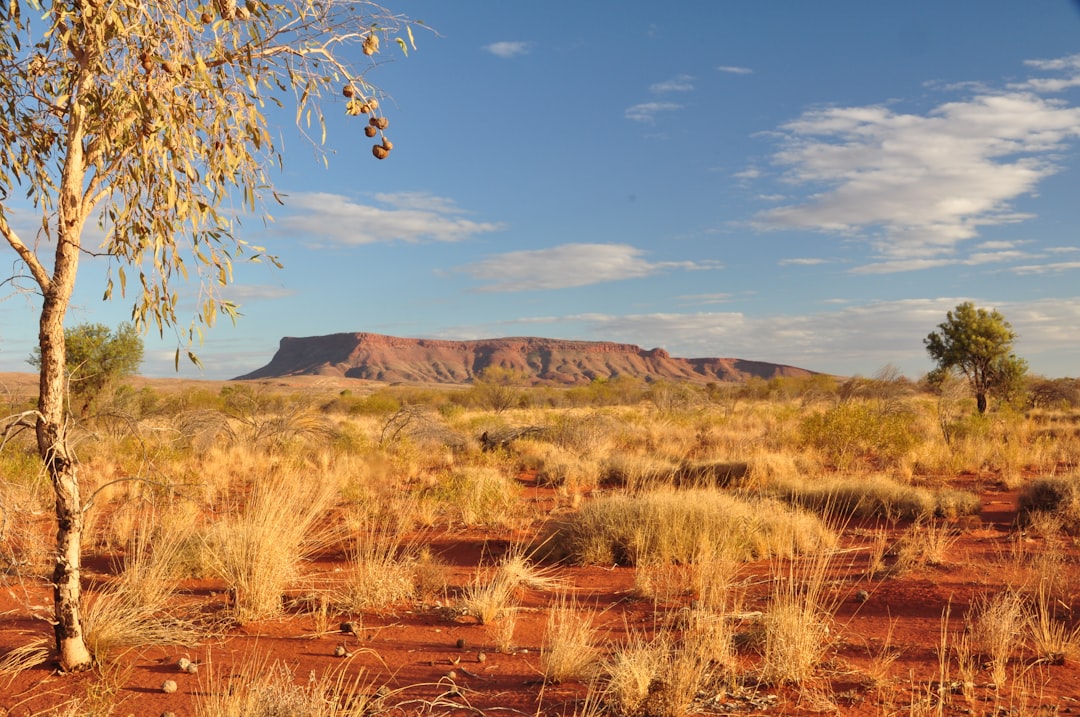Discover Australia’s Unique Indigenous Customs
Australia is renowned for its stunning landscapes, breathtaking coastlines, and vibrant cities. However, hidden within this beauty lies a rich tapestry of Indigenous customs that date back over 65,000 years. These traditions offer a glimpse into the ancient culture of the Aboriginal and Torres Strait Islander peoples, showcasing their connection to the land, community, and spiritual beliefs. As you explore the vast expanses of Australia, you’ll uncover stories that resonate with the very essence of this remarkable land.
Understanding Indigenous Australian Culture
The Indigenous peoples of Australia possess a deep and sophisticated understanding of their environment. This knowledge is woven into their customs, reflected in storytelling, art, and various ceremonies. Numerous factors intertwine Indigenous culture with the natural world, from the seasons to the moon phases. As one travels through the landscapes of Australia, from the rugged Outback to the tropical rainforests, one can appreciate how these communities celebrate and honor their heritage, creating an unbreakable bond with the land.
For visitors seeking an enriching adventure, exploring Indigenous customs offers an unprecedented opportunity to learn about centuries-old traditions and lifestyles. Engaging with local Indigenous communities not only fosters respect but also creates lasting memories, intertwining your journey with the narrative of the land.
The Role of Storytelling
Storytelling is paramount to Indigenous cultures, with legends and Dreamtime stories passed down through generations. These compelling narratives explain the relationship between the land and its people, featuring characters and events that hold significance. One of the most poignant stories is that of the Bunjil the Eagle, a guardian spirit in various Aboriginal cultures. Bunjil embodies creation and serves as a powerful symbol of the connection between the sky and the Earth. This narrative, rich in symbolism, teaches lessons about responsibility, respect, and sustainability.
Visitors should consider engaging with local communities for storytelling sessions, as these experiences provide profound insights into the Indigenous worldview. These stories not only entertain but also educate listeners about the environment and the importance of conservation, making a visit to a local community an essential part of understanding Indigenous identity. Concerning storytelling experiences, we recommend checking platforms like Viator for curated Indigenous cultural tours that highlight these incredible narratives.
Art and Cultural Expression
Indigenous art is a prominent form of cultural expression in Australia. With styles ranging from dot paintings to bark art, these artworks reflect the artists’ cultural identities and histories while telling stories of their ancestors. They depict everything from dreamtime stories to the natural environment. Each brushstroke, color, and pattern is imbued with meaning, making Indigenous art a narrative of its own.
The National Gallery of Australia hosts a vast collection of Indigenous art and offers programs that provide insight into the creative processes behind these stunning pieces. Here, visitors can explore the evolution of Indigenous art through different eras and how contemporary artists draw upon ancient traditions while incorporating modern themes. Engaging with local artists is an exceptional way to connect deeply with their work – look for workshops through sites like GetYourGuide to learn more about traditional art-making techniques.
Ceremonies and Rituals
Ceremonies play an integral role in Indigenous customs, serving as vital communal gatherings for marking life stages, such as birth and initiation, and honoring significant events like marriage and death. These rituals often incorporate music, dance, and installations made from the natural environment. Through the rhythm of the drums and the movements of those participating, these ceremonies echo the heartbeat of the land.
One such ceremony is the Corroboree, which showcases dance, music, and storytelling. Each performance is unique to the community that presents it, and through these vivid expressions, audiences can understand the spiritual beliefs and histories of Indigenous peoples. Attending a Corroboree is not only an enriching adventure but also supports the continuity of these cultural practices. For an unforgettable experience, consider booking a Corroboree experience via G Adventures to witness first-hand the vibrancy and significance embodied in these ceremonies!
Festivals Celebrating Indigenous Heritage
Australia hosts numerous festivals dedicated to celebrating Indigenous culture, such as NAIDOC Week, which is held annually in July. During NAIDOC Week, various activities showcase Aboriginal culture through music, art, dance, and community events. These festivals create a platform for all Australians to learn about the histories and cultures of Indigenous peoples and celebrate their contributions to the nation, fostering a sense of unity and respect.
Moreover, the Art + Soul Festival in Darwin sheds light on the richness of contemporary Indigenous arts and crafts, allowing visitors to interact with artists and participate in workshops. Engaging with these festivals can enhance one’s understanding of Australia while supporting Indigenous communities. Beyond the festivities, they provide an avenue to engage with Indigenous culture in meaningful ways, encouraging the exploration of identity and connection.
In addition to events, travelers can explore more about Indigenous culture through informative articles. For instance, check Exploring Australia’s Unique Indigenous Customs for insights into various customs that make up this vibrant culture. Dive deep into the philosophical underpinnings of Indigenous beliefs and practices and see how they relate to contemporary issues.
The Connection Between Land and People
Central to Indigenous culture is the connection to the land, which is often referred to as the ‘Mother’ or ‘Dreaming’. Understanding Indigenous customs means appreciating how interconnected they are with their environment. Indigenous peoples believe they are the custodians of their lands, taking on the responsibility of preserving and protecting these ancient heritage sites. This belief is reflected through land management techniques that have been passed down through generations, harmonizing lifestyle with environmental sustainability.
The diverse landscapes – ranging from the Outback’s arid desert to the lush rainforest – were integral in shaping their customs and traditions. The traditions surrounding fire management, seasonal hunting, and the gathering of bushfoods illustrate a profound knowledge of ecological balance. Conducting guided tours often offered by local Indigenous people can provide deeper insights and show how cultural practices align with seasonal changes, wildlife behaviors, and flora.
By immersing yourself in these practices, travelers can walk away not just with memories but also a far greater respect for Australia’s Indigenous cultures, echoing the harmonious relationship they maintain with the environment. It is a chance to contribute positively to the subsistence and propagation of cultural practices as a traveler, helping keep the ancestral traditions alive.



